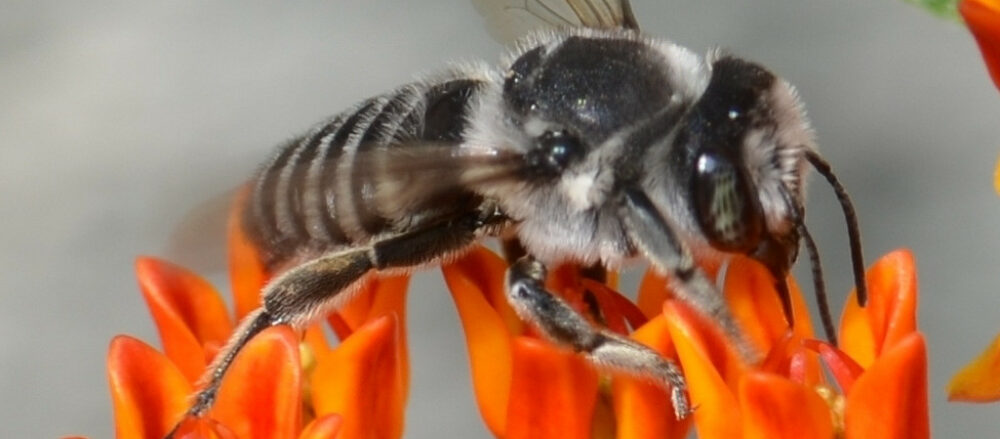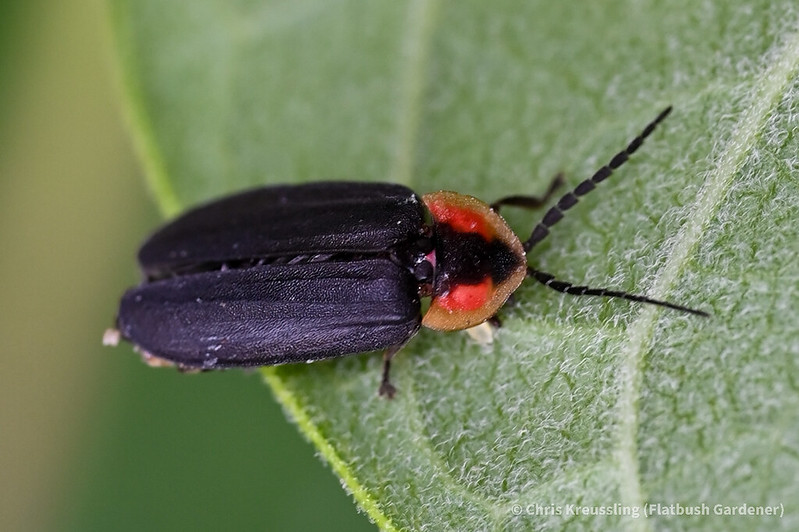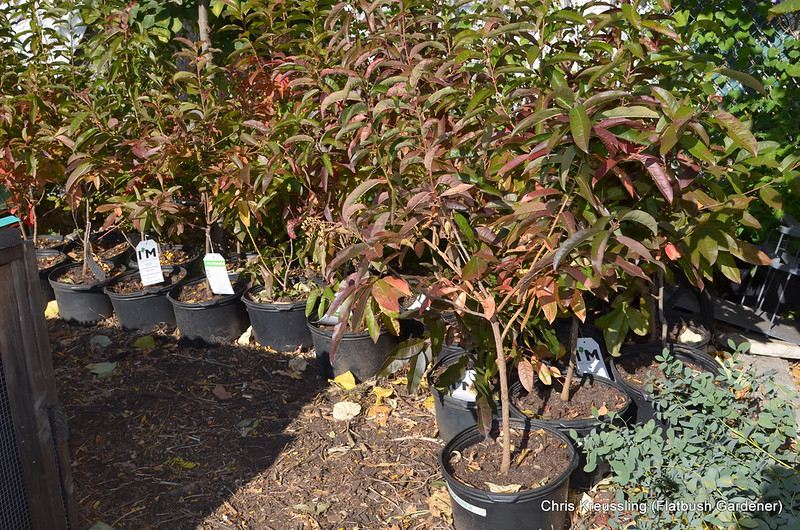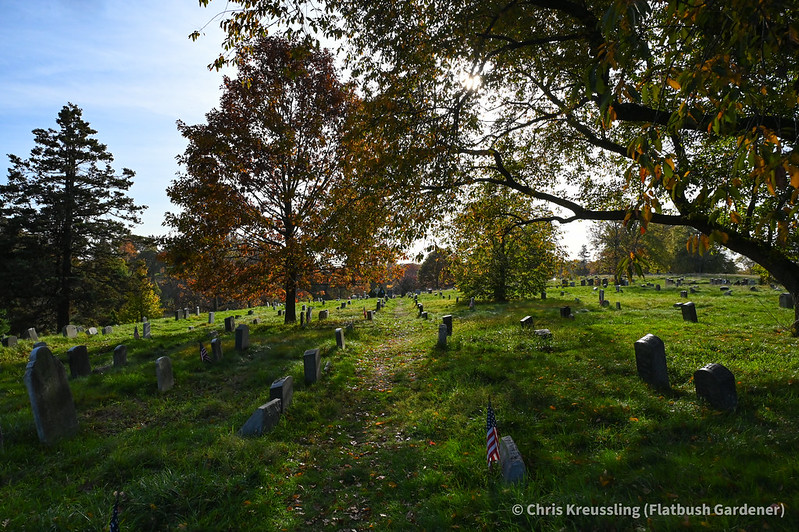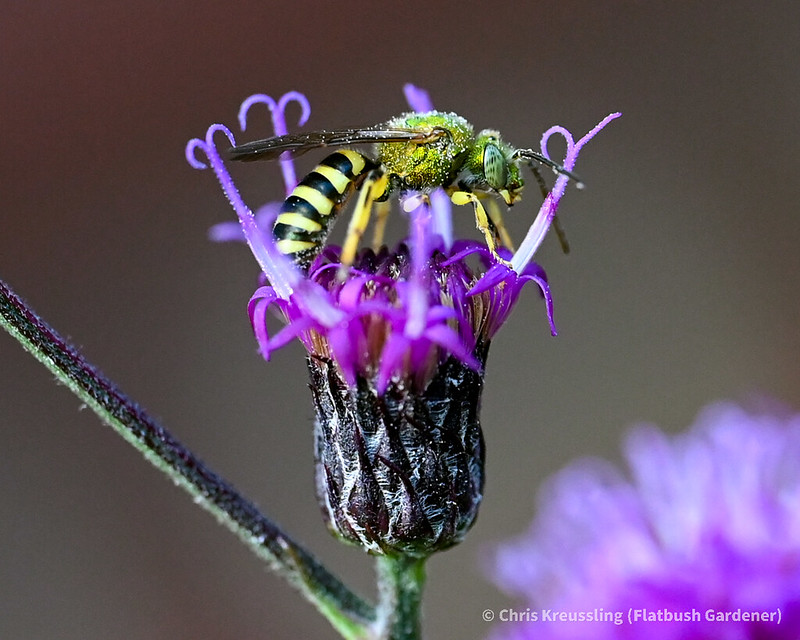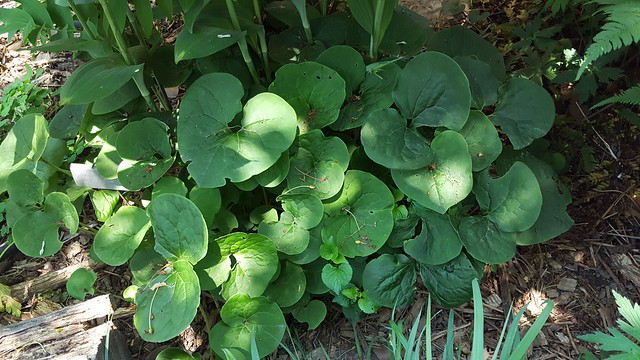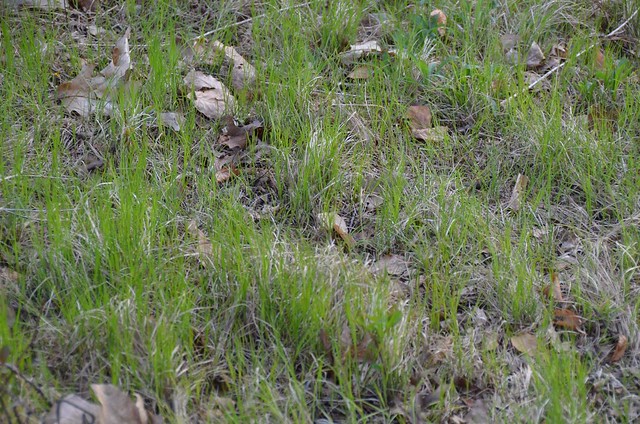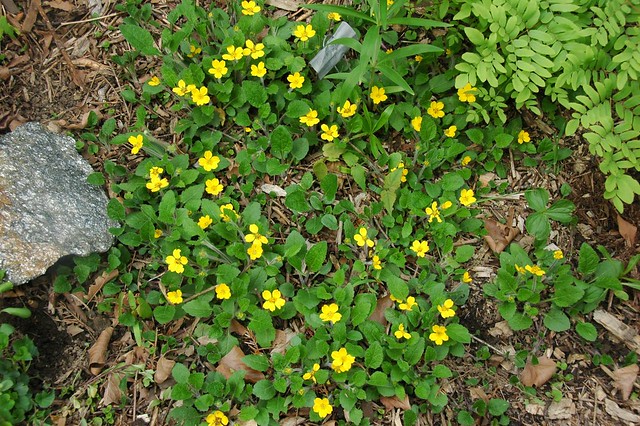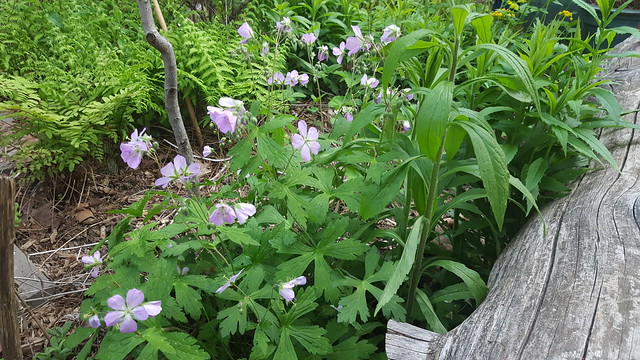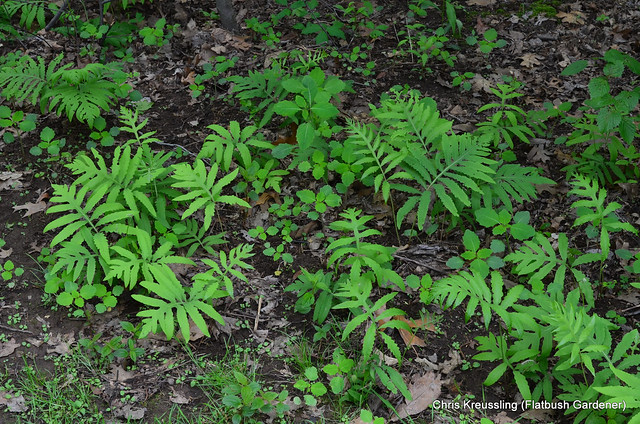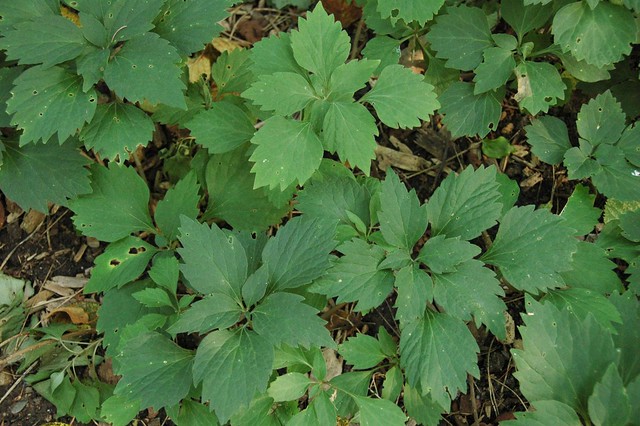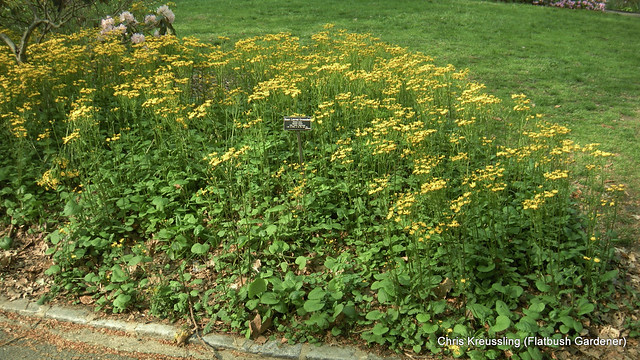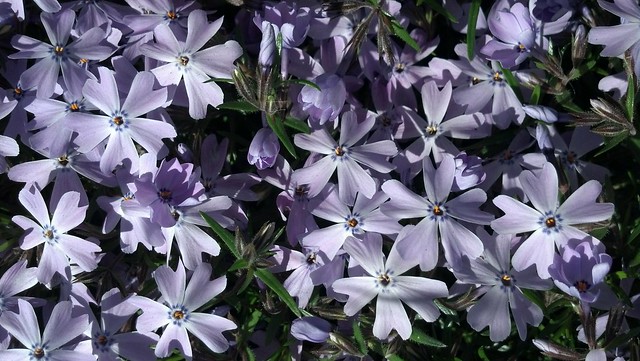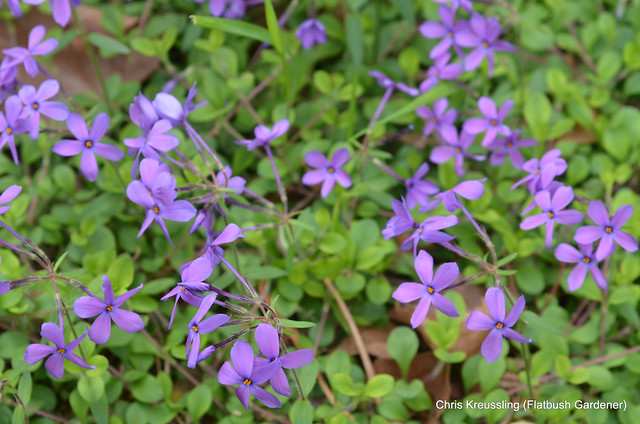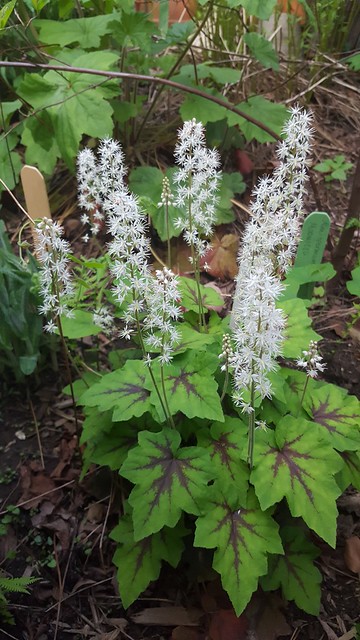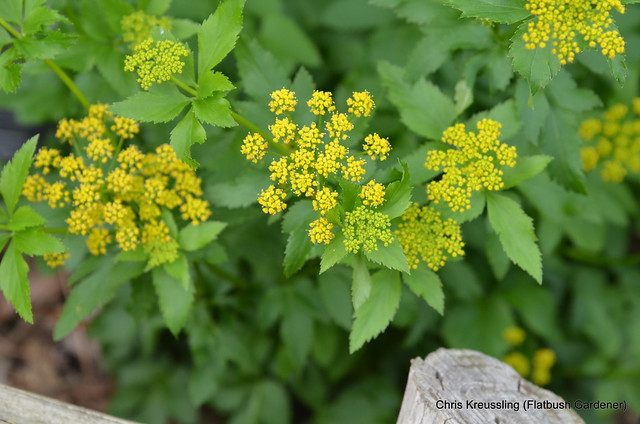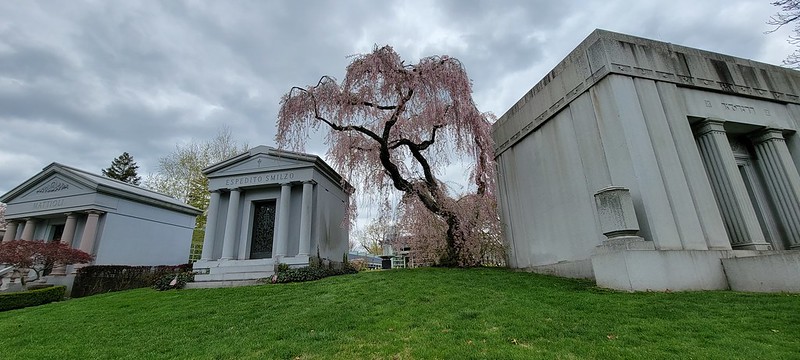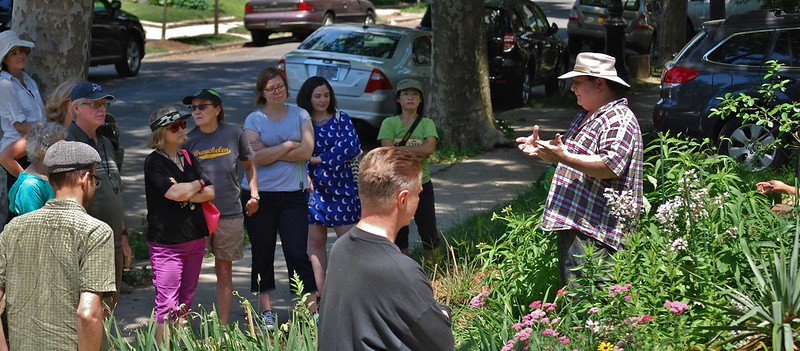Originally published as a Guest Rant on Garden Rant, November 4, 2009. Recovered from the Internet Archive. I replaced the photo snapshot with a link to the high-res photo on Flickr. I’ve replaced archive links with current, active links where possible. Those that have since link-rotted are noted.

Colony Collapse Disorder (CCD) has been making the news rounds for a few years now. It’s old, if still current, news. Dire outcomes from the loss of honeybees have been proffered. For example, PBS recently introduced an online “ask the expert” feature with this:
Since the winter of 2006, millions of bees have vanished, leaving behind empty hives and a damaged ecosystem. [1]
Really? The ECOSYSTEM?! Did they not notice that honeybees aren’t part of the ecosystem?
Honeybees are livestock. They are animals which we manage for our uses. We provide them with housing and maintenance. We even move them from field to field, just as we let cows into different pastures for grazing.
Perhaps, if CCD can neither be prevented nor cured, disaster would come to pass. However, the underlying cause would not be the loss of the honeybees but our dependence on them as a consequence of unsustainable agricultural practices.
The old ways of farming include hedgerows, uncultivated areas between fields. The biodiversity of these patches provide substantial habitat for native pollinators, as well as other beneficial insects. When even these rough “unproductive” patches of land are cleared, we set the stage for the patterns that have come to dominate agriculture: more herbicides, more pesticides, more machinery. All of these also damage the soil food webs that support both soil fertility and agricultural ecosystems. Although manufactured inputs provide temporary relief, they reduce the ecological functions of the land, requiring more and greater inputs to achieve the same effect. This is the definition of addiction, and it’s a clear sign that this way of doing business is unsustainable.
Why do we need to ship and truck pollinators around? There are plenty of native pollinators to do the job, where we haven’t decimated their habitats. There are 4,000 species of bees alone in North America. 226 species are known in New York City. Many of them visit my gardens in Flatbush, Brooklyn; some have even taken up residence [2]. Many native bees are ground-dwellers which need only some open ground in which to dig their nests. When every patch of ground is cultivated, plowed under or paved over, native pollinators disappear. Suddenly, we “need” honeybees for pollination.
I care about the honeybees. I like my honey and beeswax candles. I support efforts to legalize beekeeping in New York City. But not at the expense of the biodiversity that is all around us, even in the city, if only we care enough to look for it, value it, and nurture it.
Dig Deeper
The Great Pollinator Project [original link defunct]
North American Pollinator Protection Campaign
Saving [Honey] Bees: What We Know Now [About CCD], NY Times, 2009-09-02
Notes
[1] Ask “Silence of the Bees” Expert Dr. Diana Cox-Foster, PBS Blog [original link defunct]
[2] “Cellophane Bees Return”, 2009-05-02 [sic, correct date below]
End of original guest rant.
Related Content
Cellophane Bees Return, 2009-05-09 [cited in the Notes above]
Bee Watchers Needed in NYC (and a rant), 2009-06-09 [This was the original blog post which led to the Guest Rant]
All my Bees posts
Links
